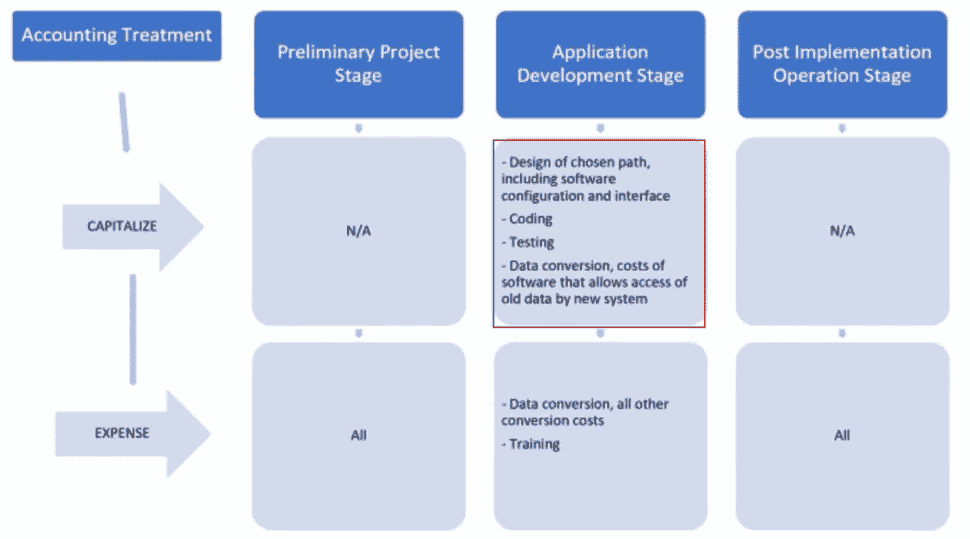Four Keys to Choosing the Best ERP or CRM Solution – Part 4: Cost
The Four Keys to Choosing the Best Software Solution series focuses on the four key considerations companies should make to have a successful implementation and worthwhile end result. Read the entire series: Four Keys to Choosing the Best ERP or CRM Solution - Part 1 and 2: Fit and Platform and Part 3: Implementer.
Cost is like goldilocks – you don’t want it to be too low (or it doesn’t get done right) or too high. An implementation project should cost 3 – 7% of your annual revenue. For example, if your company makes $100 million in annual revenue, an implementation should cost between $3 million and $7 million total. Paying this amount will set you up for success and be a strategic differentiator because you’ll accelerate ahead of competitor’s systems. Your system will be the brain of your organization and you need to prioritize getting it right. You don’t want to underspend and end up with scattered systems and an inability to scale.
What Makes Software Implementation Cost Closer to 3%?
Spending closer to 3% is more common for large companies due to economies of scale. Cost is also lower because of limited customizations or scope, standard (out of the box) processes, and doing prep work in advance.
What Makes Software Implementation Cost Closer to 7%?
Cost is closer to 7% of annual revenue if there are many customizations, complex processes like engineer to order, and no prep work done in advance.
Typical Implementation Costs
The following costs all contribute to the 3 - 7%:
- Software subscription costs – With the shift to the cloud, most software is being sold via subscription. This is an ongoing cost per user per month.
- ISV costs – More and more ISVs are moving to a subscription model, but some still have a pay up front model with an annual enhancement payment.
- Hardware costs – You may not need any hardware, but you should consider it. The biggest hardware cost is upgrading internet speeds in locations with latency over 100 milliseconds.
- Implementation consulting – Working with an implementation partner and accessing their resources is the largest upfront cost.
- Subcontractors – You may choose to supplement your implementation partner with subcontractors. Make sure the subcontractors and implementation partner work well together.
- Internal team costs – In some companies, especially enterprises, certain employees will be dedicated to the project full-time.
- Travel – Travel when it makes sense to do so but minimize travel expenses as much as possible. If you can, work out deals with local hotels to get discounted rates and set a maximum per diem for consultants to keep expenses in check.
- eLearning and Training – If you’re going to a site to do training, ask who the trainer is and how much time they will spend training. You may want to invest in an eLearning platform as part of the implementation.
Capitalizing Costs
If desired, you can capitalize many of the application development stage consulting costs. Check with your local CPA for further guidance.
Contingency
There will be surprises on your ERP or CRM project that will affect your budget and timeline. Add contingency to address these unforeseen issues and give yourself room if scope is added. A best practice is to add 10-20% contingency to your budget. Don’t let your implementer know you have contingency as you want them to stay on budget.
Traps
Some businesses fall into one of the following common traps.
A tier 1 trap is deciding you need a tier 1 solution even if it is not the best fit for your business. Wanting a tier 1 system should not cloud your vision when finding the best solution for your business.
Another trap is thinking that your ERP or CRM solution doesn’t matter. A lot of companies buy a low-cost solution because they don’t want to put a significant amount of time or money into the system. If this is the approach you’re going to take, it will not be worth the money because you’re not going to get the expected value from your system. You will be doing yourself a disservice and will be unhappy with your system.
Another trap is not involving the CEO in the decision making process. When the CEO is the ultimate decision maker but not involved in any of the steps, they may choose the cheapest option without perspective on system importance. If the CEO is the ultimate decision maker, they should be involved in decision making and understand the 4 keys to choosing the best solution.
A fourth trap is going with the cheapest implementer. If you choose just based on cost, you won’t be happy with the implementation. Instead, get the biggest bang for your buck by finding the best resources for a reasonable rate.
Just Right
You want your costs to be just right. If they are too low, short cuts may be taken and implementer quality will be poor. If they are too high, finances will be impacted, requirements may get too complex, and the project could impact company culture.
Rate Your Vendors
Evaluate and rate your vendors based on the four key criteria – fit, platform, implementer, and cost. Have each team represent their respective areas (business represents fit, IT represents platform, project team represents implementer, and finance represents cost). Rank your top 2 – 3 vendors and determine which key area will be a tiebreaker. If one option wins in fit, platform, and implementer, go with it even if it has a higher cost. Focus on all four key factors to make the best decision when implementing software.
Gain more in-depth expertise by reading Stoneridge Software CEO Eric Newell's book on Mastering Microsoft Dynamics 365 implementations. Reach out to us to learn more about the best technology solutions for your company.
Under the terms of this license, you are authorized to share and redistribute the content across various mediums, subject to adherence to the specified conditions: you must provide proper attribution to Stoneridge as the original creator in a manner that does not imply their endorsement of your use, the material is to be utilized solely for non-commercial purposes, and alterations, modifications, or derivative works based on the original material are strictly prohibited.
Responsibility rests with the licensee to ensure that their use of the material does not violate any other rights.






